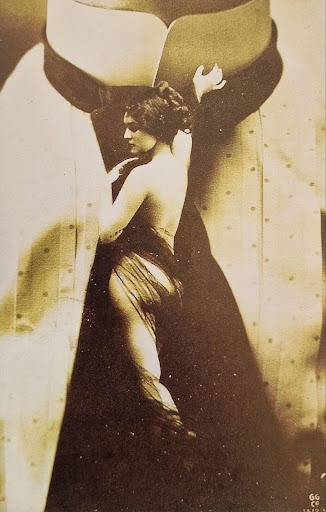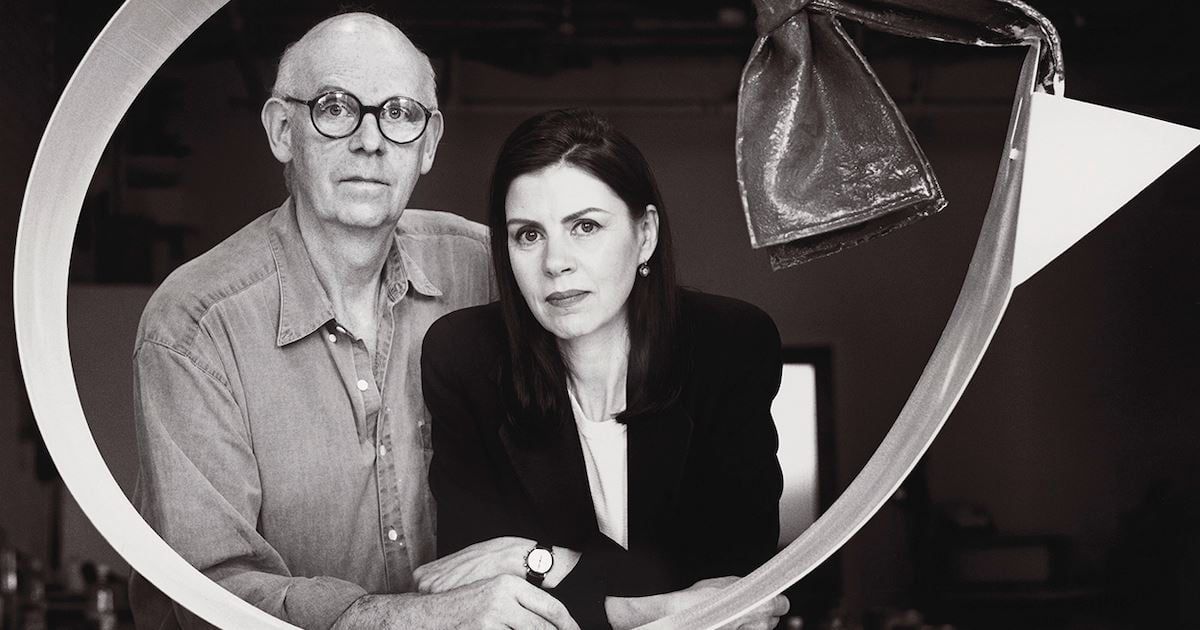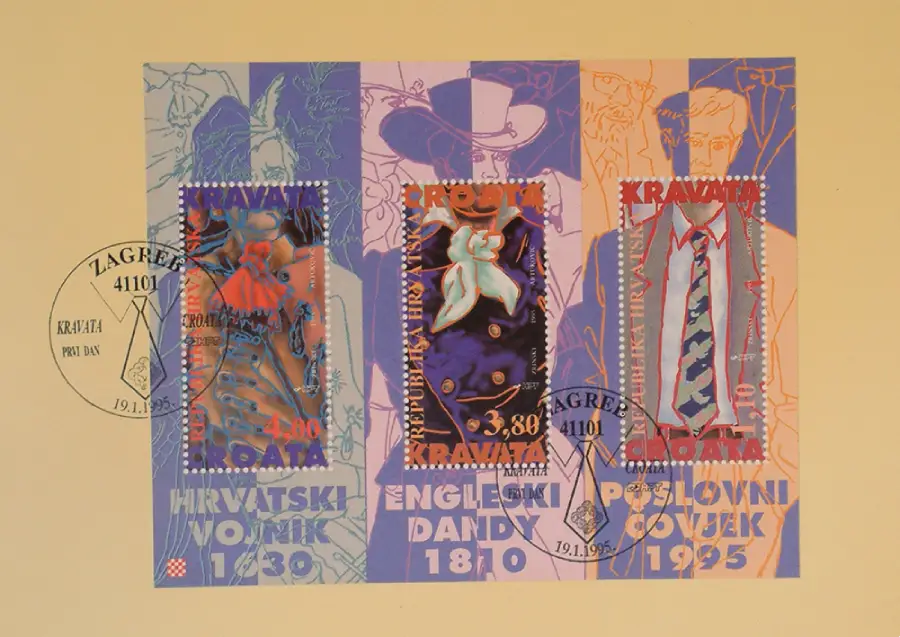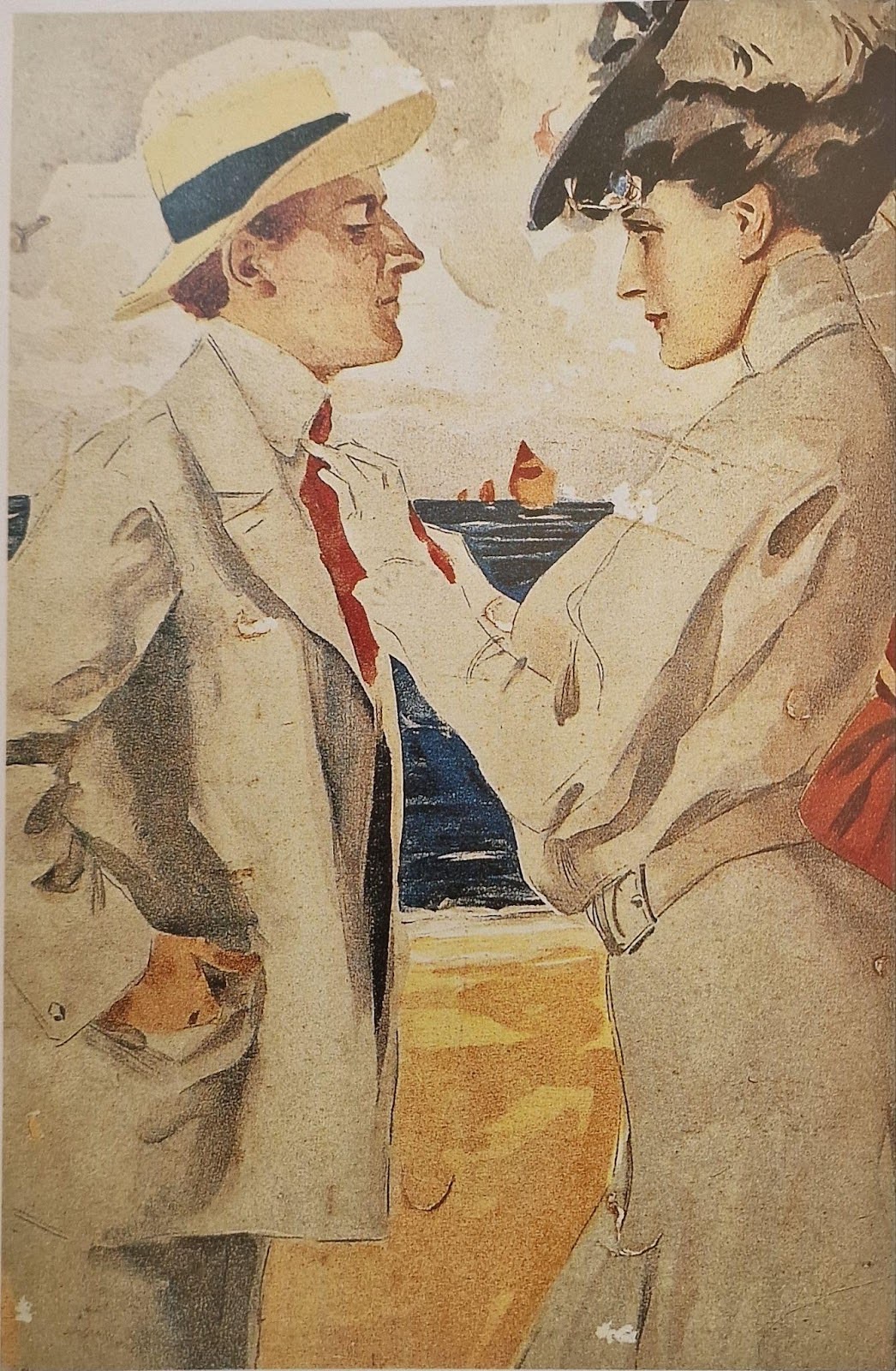Charles Baudelaire once said that a true modern artist is one who is able to show the epic side of everyday life and show how poetic we are, even in our choice of ties.
In her novel Signorsi, Italian author Liala describes how the way a man tightens his tie can reflect either comic absurdity or refined elegance. It depicts different types of men: careful clerks and teachers who tighten the tie slowly to avoid damaging the fabric, students who consider the tie a luxury item, and methodical, elegant men whose knot unfolds perfectly under their fingers. He then mentions the truly sophisticated men, the ones who wear silk underwear under their evening suits and remain frustrated even when they create the perfect knot.
In 1927, industrialist Cesare Salterio of Larian organized a competition for the “most beautiful tie in the world”, which attracted more than 7,000 designs from more than 500 authors from Italy, France, Austria, Switzerland and other countries. This unexpected success was celebrated by experts such as Guido Marangoni, director of the Biennale of Decorative Arts Exhibition in Monza, who later helped elevate the competition to an international level.

Reference: The Little Book of Ties, F. Chaille











